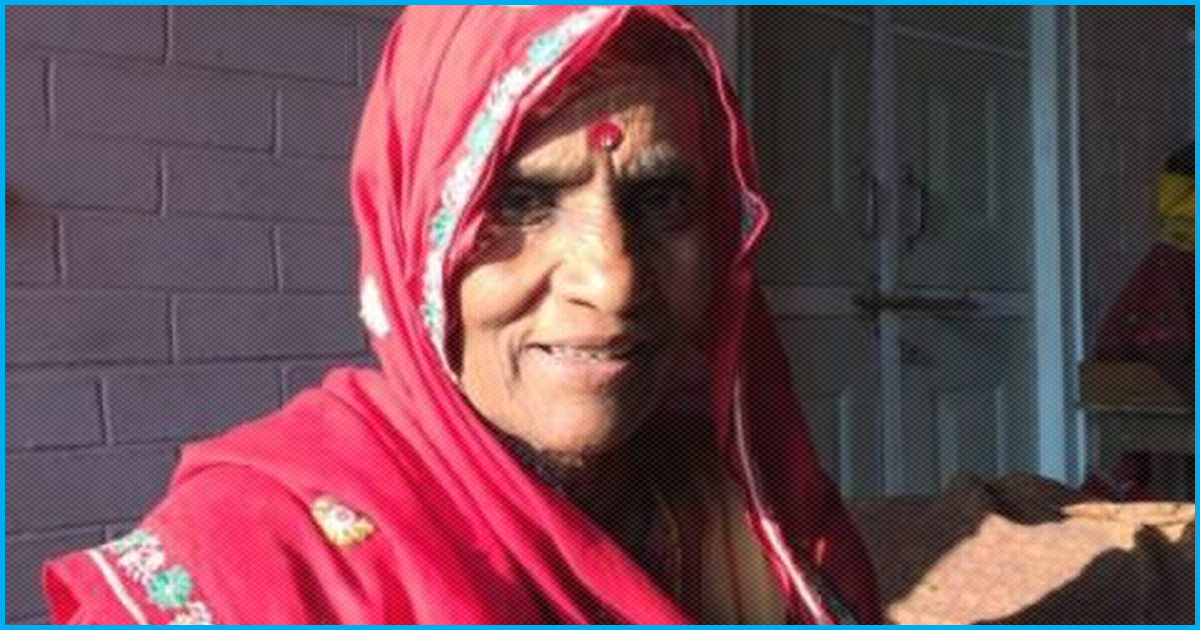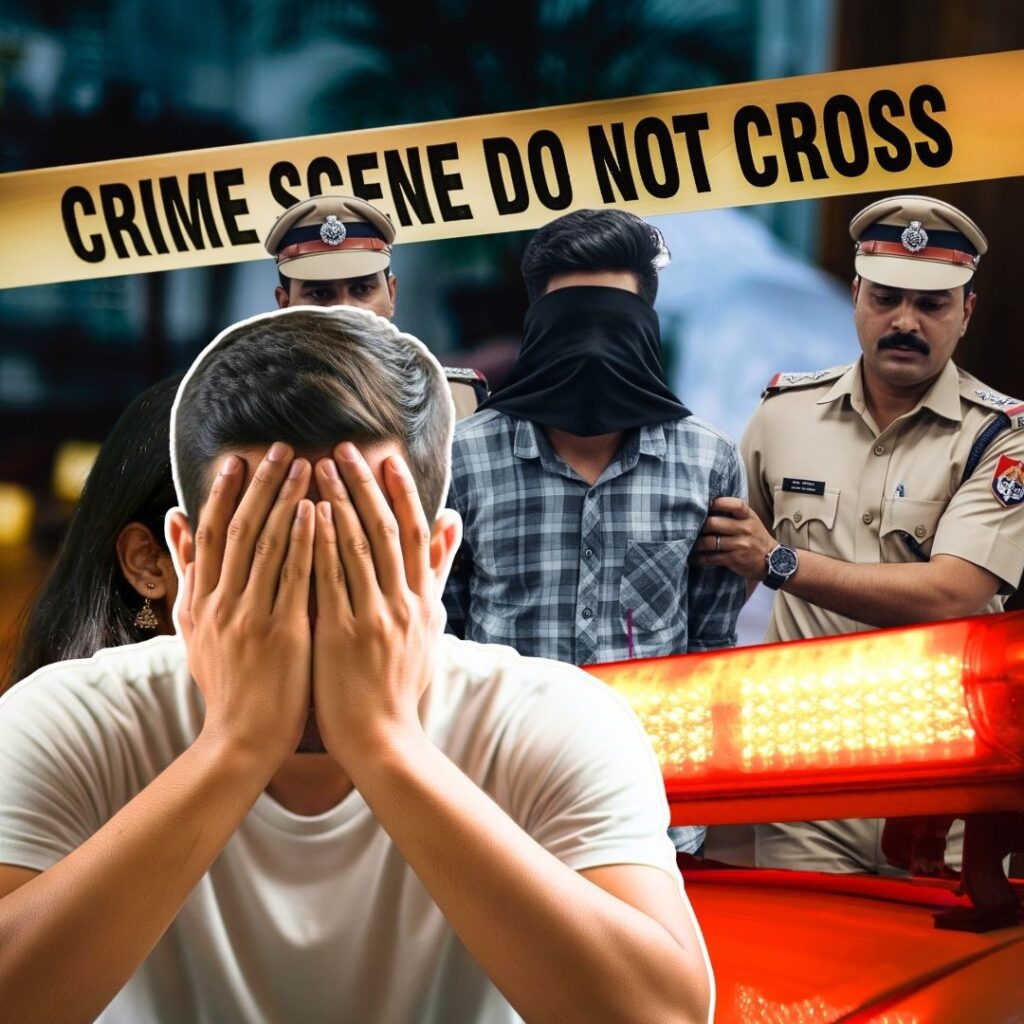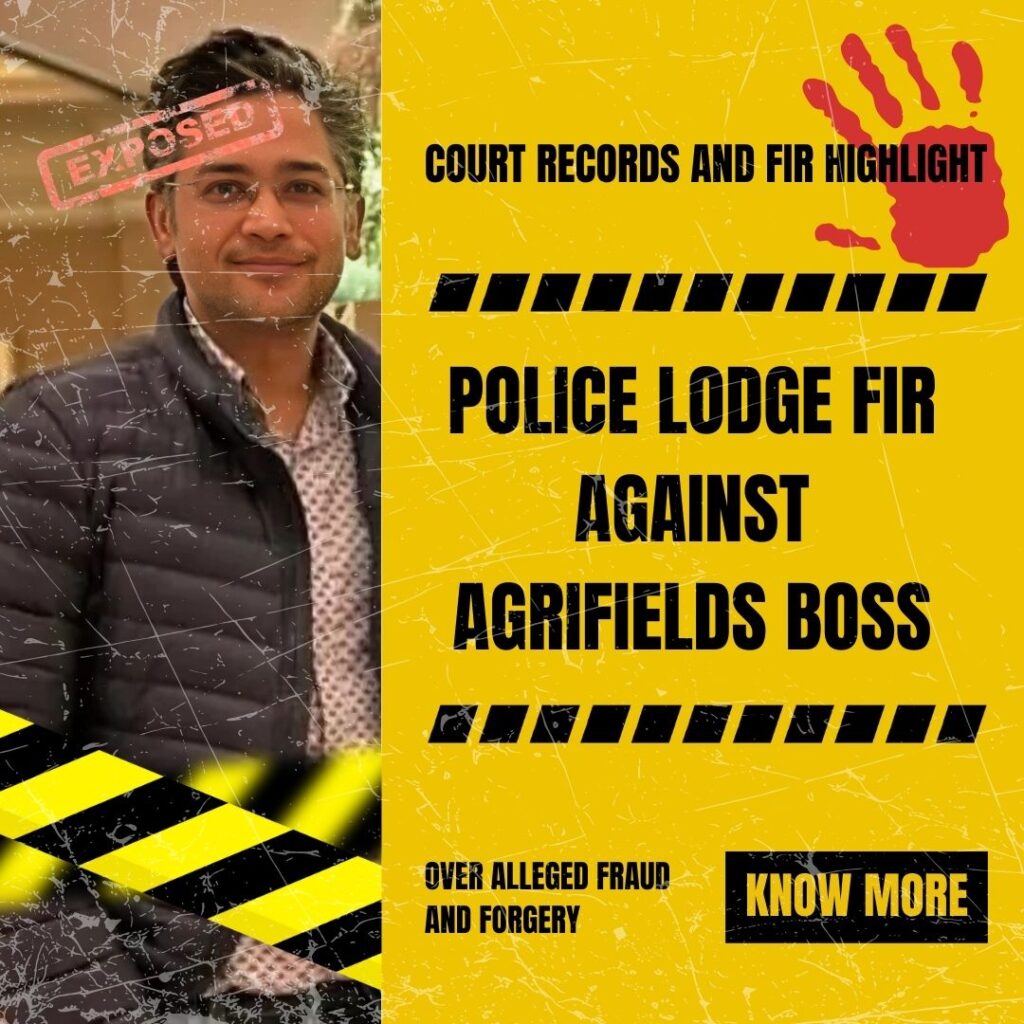This year may very well go as one of the most important periods in the women’s movement in India. With the ongoing wave of #MeToo, conversations about ensuring a safe working environment for all have taken centre stage. However, many might not be aware of the fact that the foundation for this was set much before, thanks to the struggle of one common woman from the hinterland of Rajasthan. Even a movie “Bawandar” featuring Nandita Das and Sanjay Dutt was made on her struggle but she still awaits justice.
“Only justice can fill my belly, not awards”
These are the words of Bhanwari Devi, a government social worker from a lower-caste community. Her fearless pursuit to end the evil of child marriage enraged the upper caste. To silence her, she was later gang-raped by the landlord community. The ordeal did not just end here. Her struggle was met with complete apathy from the government, for which she worked. However, keeping Bhanwari Devi’s case in focus, proper guidelines to deal with sexual harassment complaints at the workplace were set down in 1997 in the Supreme Court, known as the Vishaka Guidelines.
Unfortunately, even after 26 years, Bhanwari Devi herself still remains ostracized from her village, even as the criminals roam absolutely scot free.
Her Story
Bhanwari Devi, born into a lower caste Kumahar (potter) family in Bhateri, 55 km from Jaipur in Rajasthan. In 1985, she was appointed as Saathin or grassroots worker for Rajasthan government’s Women’s Development Project. Her job role included taking up the case of girl-child education, women’s safety, family planning, maternal health and the minimum wage of workers in rural Rajasthan.
Having understood the perils of child marriage herself as she was married off at the age of just six, the cause was extremely close to her heart. Her fight against child marriage gained momentum in 1992, especially around the time of Akha Teej, a time considered to be auspicious for conducting marriages. On the behest of the Rajasthan government, Bhanwari Devi and other Saathins started a public campaign spreading awareness among local villagers about the evil of child marriage.
The villagers and the panchayat alike were staunchly against this campaign. Completely aware of the kind of risk Bhanwari was going to put herself into, Bhanwari continued with the campaign with steadfast determination. When she got a whiff of an upper caste Gujar family’s plans of getting their nine-month-old daughter married off, Bhanwari swung into action. She informed the police, who were successful in stopping the marriage on Akha Teej. However, the family went ahead with the marriage the very next day.
This incident created an air of tension in the village, with the Gujar families of the village not only took offence to the fact that attempts were made at stalling the marriage, but also that the person responsible for this was a lower caste woman.
Ostracization, gang-rape and humiliation
Following this incident, Bhanwari Devi and her husband were ostracized by the villagers. Reportedly, their fields and fodder were completely destroyed. Villagers were strictly asked to neither buy anything from the two nor sell them anything.
One day, when Bhanwari Devi and her husband were working in their field, four Gujar men came and started brutally beating up her husband. One among the four men was Ram Karan Gujar, father of the nine-month-old whose marriage Bhanwari Devi had tried to stop. When she intervened to save her husband, the men then pinned her down and gang-raped her.
With a fellow Saathin, Bhanwari Devi went to the police to register a complaint. There she had to face extreme apathy at the hands of the officials, who asked her humiliating questions like-”Do you even know what rape is?” It was only after hours of questioning, an FIR was finally registered. They then sent her to a Primary Health Centre (PHC) for medical examination. The male doctor at the PHC refused to examine her and instead referred her to the Sawai Man Singh (SMS) hospital in Jaipur.
At that hospital, the doctors refused to carry out the examination, giving a false reason of the absence of an order from the magistrate, even as no such rule exists. Later, after pressure from the director of the Department of Women and Child Development (DWCD), the examination was finally carried out. After this, the husband-wife were sent back to the thana, where Bhanwari Devi was asked to submit her Lehenga as an evidence. Not left with any option she had to cover herself up in her husband’s blood-stained turban and walk 3 km to reach nearest Saathin’s house at 1 am.
The judgement
Even as the accused were arrested after the case was transferred to CBI, Bhanwari Devi continued to be ostracized from the village. A year after the incident, in 1993, the court held the accused guilty and refused to grant them bail. However, over the course of time, judges were changed nine times. In November 1995, the accused were acquitted of rape charges and were instead convicted in lesser offences like assault and conspiracy, and were sentenced to nine months in jail.
The reasons for acquitting them of the rape charges were obnoxious, to say the least. As reported by BBC, the reasons were, “village head cannot rape”, “elder men cannot rape”, “a nephew cannot rape in the presence of his uncle”, “an upper caste man cannot rape a lower caste woman”, “husband could not have watched his wife being raped, passively”.
The ruling caused a widespread uproar in the nation. This forced the Rajasthan government to challenge the decision. However, it may be noted that in the last 23 years, just one hearing has taken place. Bhanwari Devi still awaits justice.
Vishaka guidelines
Bhanwari Devi and her husband continue to live in solitude, completely ostracized by the village. However, her struggle acted as a propellant for the government in adopting guidelines against sexual harassment at workplace. With her case in focus, NGO Vishakha and other groups filed a PIL in the Supreme Court. They argued that Bhanwari Devi faced the wrath of the accused men because of her work.
This very petition led to SC prescribing a set of guidelines for dealing with sexual harassment at the workplace in 1997. “Bhanwari Devi had no direct role in this law, but she was the catalyst for this, she was the main factor,” Prof Pamecha told BBC.











